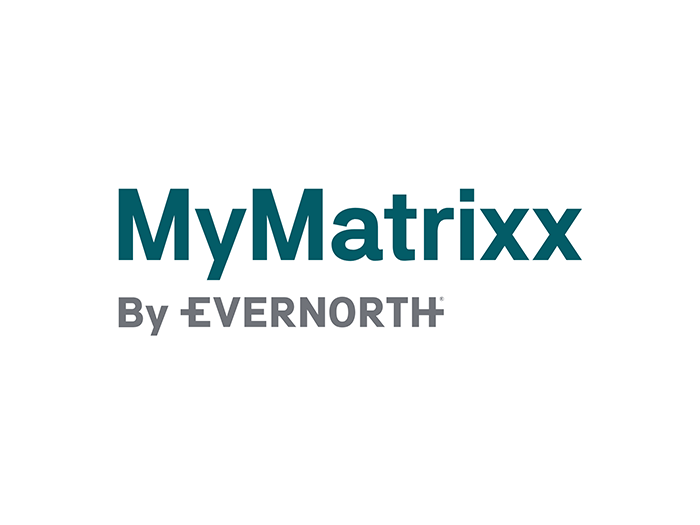Long Data Versus Deep Data: What’s the Difference and Why Should We Care?
Digitally enabled business models are changing the risk profile of legacy industries or creating new industries altogether.
Therefore, the opportunity to give an underwriter five to ten years of loss data associated with stable revenue that can be benchmarked to well-understood industry peers is impossible.
I’m convinced there is a better way.
Although emerging business models do not have “long” data, they have “deep” data. A data pack associated with each claim, including precise time of incident, geolocation, photos and narrative captured at the point of the claim, are the new best practices and will provide an entrepreneurial underwriter with the type of precise data needed to help efficiently price the exposure.
The Issue: Data as an Afterthought
Enterprises with an emerging business model, or a new suite of digitally enabled services, focus on, among other things, securing funding, recruiting talent and scaling operations.
Unfortunately, data aligned with risk management is often an afterthought.
As such, often the business scales rapidly, with the risk organization trailing behind.
Volumes of data are being collected, but there’s often poor data collection where it matters most, and difficulties are often encountered to return to the beginning with the discipline necessary to build a robust understanding of the exposure associated with each transaction.
What’s lost is that data properly aligned with reported incidents can provide insights that help reduce frequency and severity of claims, drive efficiency and demand credibility.
The Opportunity: Data that Drives Profitability
Data collected and analyzed properly by an actuary will result in a comprehensive understanding of the cost of insurance per business transaction.
That information can then be used to decipher the strike price for each insurance purchase and the true cost of risk.
Digital business models may not have a decade of experience to draw from, but the deep data available with each transaction is a risk management marvel.
The throughline is a clear line of sight to the incremental cost of insurance impacting unit economics, and therefore the impact of insurance on your path to profitability.
The shift to Usage Based Insurance (UBI) is well underway, and it is arguably a best practice method to reflect the cost associated with exposure. Among the many benefits of this kind of rating basis is the insured and underwriter can negotiate tiered pricing that contemplates economies of scale.
Additionally, when an insured is able to accurately link behavioral and environmental characteristics leading to claims, the underwriter can support variable pricing based on attributes of the transaction.
For example, if the insured can demonstrate that a first-time user of their service is two-times more likely to file a claim than someone more familiar with the service, then the underwriter can rate the first time user at a higher per-use rate than the familiar user. Armed with that information, the insured can focus risk management efforts on first time users and disproportionately positively impact claims, user experience and, ultimately, unit economics.
Best Practice: What Good Data Looks Like
It is common for high-growth businesses to hire an actuary as their first risk management employee and engage a TPA as soon as their self-insured retention hits $100,000. This disciplined approach to financial risk management and resulting insights lay the groundwork for a future risk manager to contribute to the executive team as an essential peer.
A highly effective way to present data is to provide a portfolio view of losses, including a thorough, accurate claims analysis linked to the claimant and environment.
When a claim occurs, capture the environmental data such as road condition, time of day or additional participants. For example, an American claimant riding a bicycle on an unfamiliar cobblestone road in Paris is viewed differently than the same claimant riding in their hometown on flat pavement.
Collect key data points and meticulously categorize them to create awareness of the behaviors that drive loss. A keen understanding of the business model and the nuances of both the supply and demand network are essential.
Some inferences may be obvious, such as deducing an inexperienced driver is more likely to be in an accident than an experienced driver. However, an actuarial analysis of the data will surface less obvious associations. For example, a new user with immediate prolific purchases or sales is a signal of possible fraud in an online marketplace.
Ensure loss runs include a clear description of the loss. How the claim occurred is equally important to the damage or injury claimed. Review loss runs regularly to ensure that descriptions are detailed and updated as new information is received.
Focus on risk management techniques addressing losses. If it is found, for example, that a user who will drive an unreasonable distance to utilize a service is an indicator of possible malintent, demonstrate the organizational response to identify long distance transactions to mitigate the exposure. Next, outline improvements in hardware, software, supply or demand selection that align with learnings from the data.
Use third party vendors for non-core activities, and investigate where they can improve performance and where they may have limitations.
For example, a company that provides background checks may offer a statewide criminal background check, but specific counties may not report certain criminal instances, and therefore the background check leaves a company inherently vulnerable.
Lastly, a loss run should be a confirmation of what is already known, given the extensive open communication among the risk manager, broker and insurance company.
Digital business models may not have a decade of experience to draw from, but the deep data available with each transaction is a risk management marvel.
By prioritizing data integrity, and methodically gleaning insights from platform user behavior and environmental factors, emerging business models can take control of their insurance costs and attract additional capacity to their program. &










